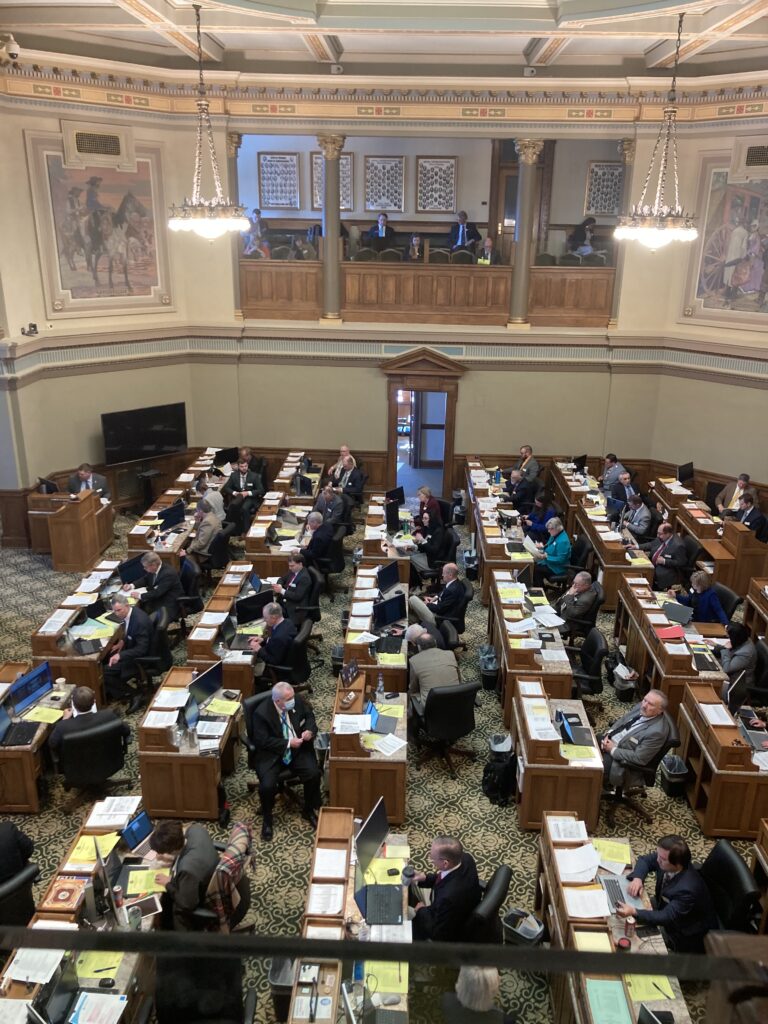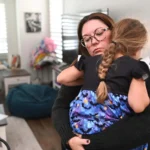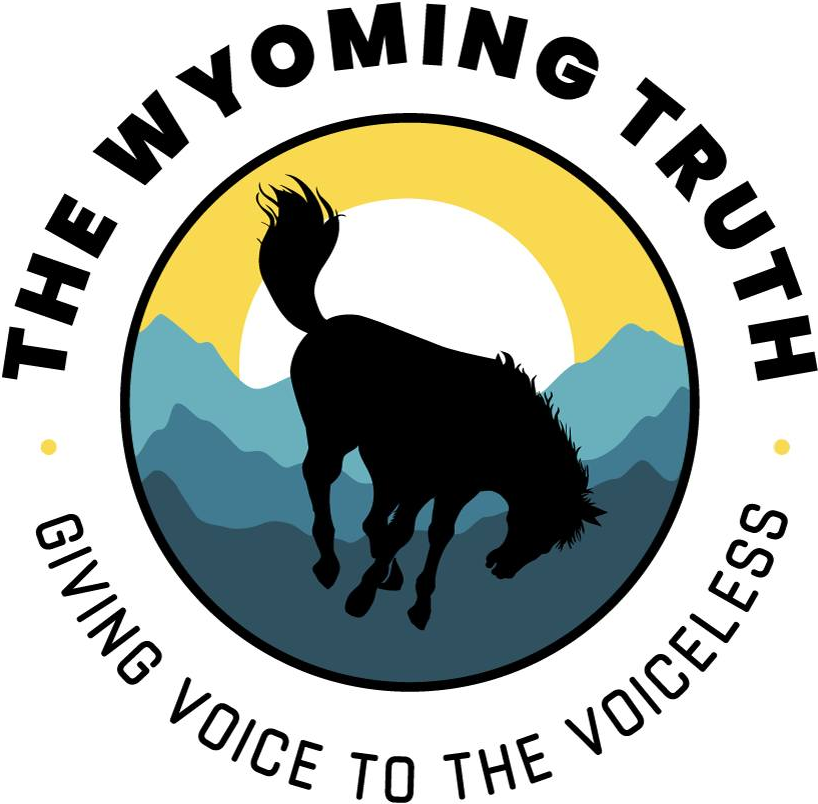State Leaders Want the ‘People’s House’ to be Accessible to the Public
Wayfinding, interpretive exhibits coming to state capitol
- Published In: Politics
- Last Updated: Nov 27, 2023

Interactive kiosks, including a “dome drone,” will be placed in the Capitol. The dome drone will give the public a 360-degree view of the Capitol with footage that has already been gathered. (Carrie Haderlie file photo)
By Carrie Haderlie
Special to the Wyoming Truth
Even after undergoing a $300 million, four-year overhaul, the expansive Capitol Square in Cheyenne can be tough to navigate.
“It’s often that you run into someone [at the Capitol] who is so frustrated because there are so many doors, some of them are locked, and [people] don’t know where to find departments or meetings,” Wyoming State Auditor Kristi Racines told the Wyoming Truth. “If you show up and feel like you can’t find your way, you feel like you are getting the runaround a little. That is the last thing we want.”
Racines co-chairs the Capitol Interpretive Exhibits and Wayfinding Subcommittee with Sen. Bill Landen (R-Casper). Since 2021, subcommittee has been tasked with two directives: wayfinding on the Capitol grounds, all floors of the Capitol building, within the Capitol Extension and the Herschler Building, as well as creating static and interpretive exhibits within the facilities.

The subcommittee received a $6 million budget for its work and focused first on wayfinding, the process by which people ascertain their position in a building and plan their route around the facility. Wayfinding is a practical piece that is “just not present” in the state Capitol, Racines said.
“I have gotten lost going to a wayfinding meeting, and I work in this building. It is really silly and really evident how important this is,” she said.
Leaders are hopeful the first of many wayfinding signs will be installed in early 2024, and signage will continue to go up throughout the year.
As the subcommittee wraps up its wayfinding work, now in the design-development phase, it will pivot to the exhibits piece, now in the preliminary conceptual-design phase.The structural renovations did not include historic exhibits, and while Wyoming has a unique history thatexperts say should be passed on to its visitors, the Capitol is very much a working facility.
“It’s a historic building, but it is not a museum,” Racines said. “Your government is happening every day here, and if you want to understand it, it is hard to walk in and know what the Senate does, what the House does, how a bill gets passed. It can feel intimidating if you are not an insider—and that is the last vibe we want to give.”
Exhibits, wayfinding follow Capitol rehabilitation
Landon said Wyoming was “within a handful of years of losing the Capitol,” which was built in 1886. But nearly a decade ago, lawmakers voted to fund renovations that essentially saved the facilities. The Capitol was closed from 2016-2019 for rehabilitation and restoration projects, such as replacement of the central utility plant, remodeling and expansion of the connecting tunnel (or the Capitol Extension) and remodeling and expansion of the Herschler Building.
But the completed structural renovations included only code-required signage that labeled each room. There was no signage for how to get to any specific room.

“It would be a shame if we didn’t finish the [Capitol renovations] appropriately,” Landen said. “Sometimes, the hardest part of a project is to finish it up. That is really what we are doing, putting the trim around the windows, so to speak.”
For two years, committee members have been choosing fonts and signage, details and dimensions for wayfinding and exhibit signage. They have planned a virtual “dome drone” tour that will show visitors footage taken by drone rising from the first floor of the Capitol into the golden dome, including views into historic spaces not accessible to the public, before finishing with an aerial view of the building from outside and above. The committee also hasplanned a hands-on, interactive Civics Lab in the Extension for student visitors.
Through static and interpretive exhibits at the Capitol, visitors will be able to explore historical context about the building, as well as receive directions around the facility.
Exhibits on the garden level will feature building architecture and early government history, with a digital timeline that can be updated. The committee also plans an as-yet unfinalized exhibit called “Historic Voices,” showcasing stories about prominent Wyomingites in a virtual format.
First-floor exhibits focused on the executive offices will include a profile of each current elected official, including the governor, secretary of state, state auditor, state treasurer and superintendent of public instruction, along with historical context about those who have served in that role. The exhibits also will feature information about the job scope of each executive position.

“There is the civic engagement piece, the understanding of public service … that is one of the drivers for us with the historic exhibits,” Landen said.
In a new “Hall of Senators” and “Hall of Representatives,” visitors will be able to uncover personal or historic connections to former members of the Legislature via a database in the new kiosks.
Landen’s grandfather, William O. Landen, who was elected to the House of Representatives from Sheridan County in the 1940s, will be included.
“There are so many [people with] these stories around Wyoming,” Landen said. “It’s amazing how much of a connection there is, and we want people to be able to see that.”
When students visit the People’s House, Landen said it should be an “extraordinary experience. We want it to be something they always remember, and you never know. Perhaps someday they will come back, grab the baton and run their part of the race.”













